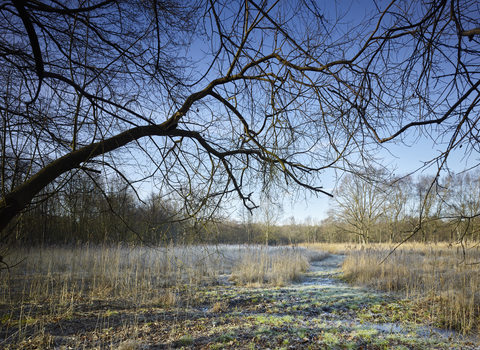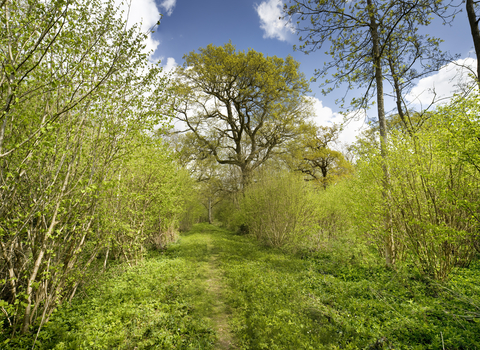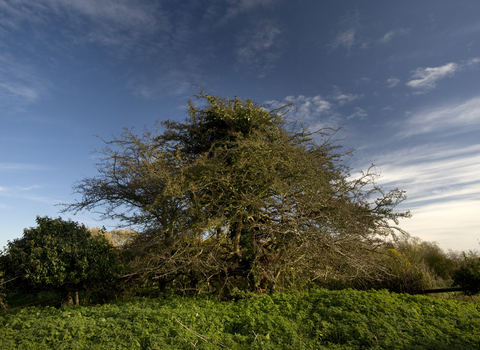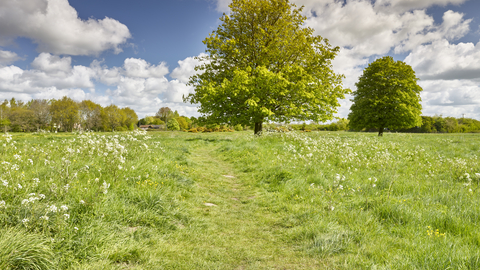
New Buckenham Common (credit: Richard Osbourne)
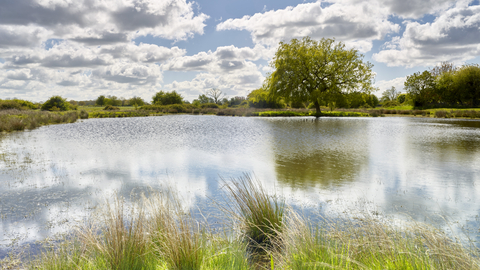
New Buckenham Common (credit: Richard Osbourne)
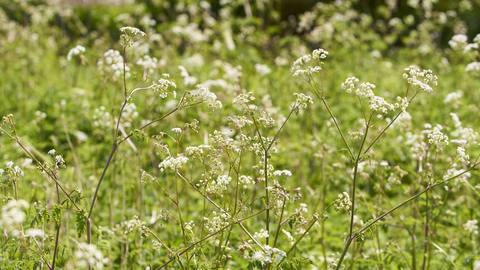
New Buckenham Common (credit: Richard Osbourne)
New Buckenham Common
Location
Know before you go
Dogs
When to visit
Opening times
Dawn till dusk, every day, all year roundBest time to visit
It is worth a walk around New Buckenham Common at any time of year, but spring and early summer are fantastic for birds and flowers.About the reserve
In spring, this large cattle-grazed common is alive with birdsong. The grassland and scattered scrub are sprinkled with ephemeral pools, and in summer the reserve is awash with colourful flowers, accompanied by the gentle hum of insects.
The largest pool is known as ‘Spittle Mere’, and this usually holds water all year round. It is also home to great crested newts. The reserve is well known among naturalists for its interesting community of plants, and its astonishingly large colony of green-winged orchids create a spectacular sight in early summer.
Recently, we made changes to the cattle grazing regime, and removal of some of the scrub, which has helped green-winged orchid numbers to rise significantly. Our latest survey counted thousands of flower spikes.
Garden warbler and blackcap are among the many songbirds you might hear in the thickets around the ponds and pools.
Contact us
Environmental designation
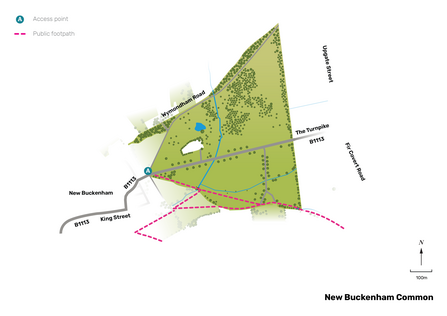
Illustrated map of New Buckenham Common.

